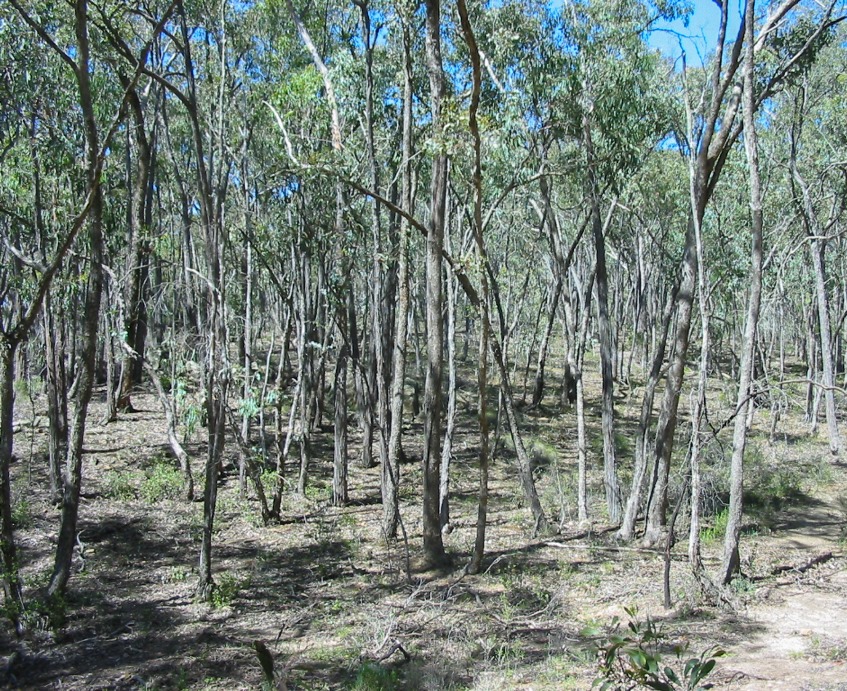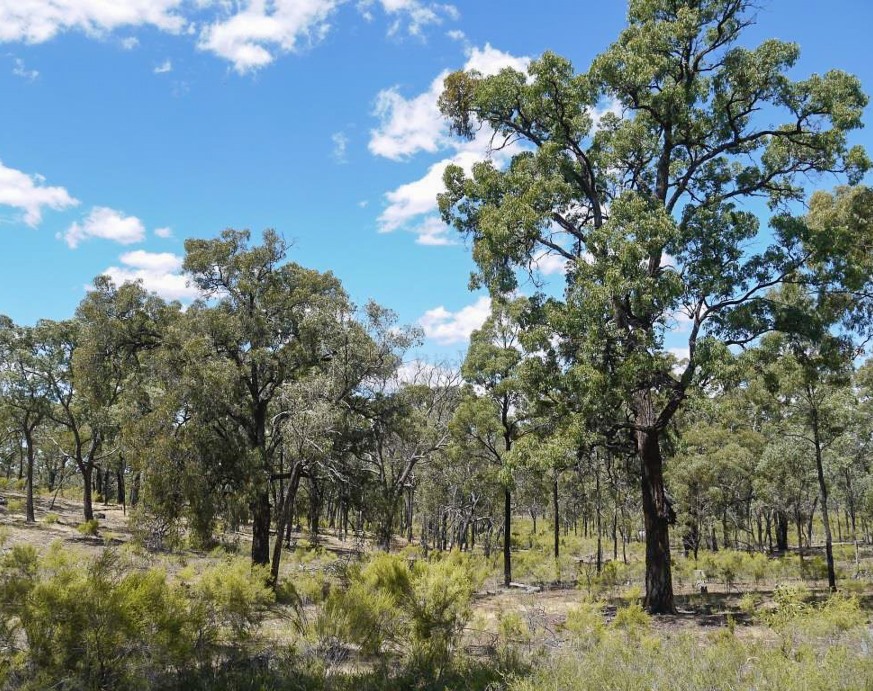In short
|
Box-Ironbark in Victoria
Since European colonisation, Box-Ironbark forests have been drastically cleared, with as little as 28% of their original extent remaining in 1997. In the remaining forest, much of the old growth characteristics (e.g. hollows, large woody debris) have been lost, severely affecting the wildlife that depend on these structures for habitat.
Historically, foresters around the world have used thinning methods to speed up the growth of trees for commercial purposes. If such techniques could be harnessed to help forests mature faster and thus transition to old-growth habitat more quickly, benefits for wildlife could be realised more quickly than passively waiting for them to recover.
What we are doing
In a decade-long Box-Ironbark forest study, ARI researchers have found that restoration thinning has the potential to benefit wildlife by accelerating tree growth, which will contribute to more quickly restoring old-growth habitat characteristics.
In partnership with Parks Victoria, ARI conducted a broadscale experiment to understand how different patterns of thinning would affect tree growth. The researchers measured the change in size of tree trunks over 13 years and found that all thinning methods boosted tree growth compared to treatments where no thinning was performed. Furthermore, the rate of growth was similar for each thinning method.


Research findings
The study suggests that a restoration-focused thinning method could be chosen to maximise habitat in a declining forest system while still enhancing tree growth and hastening the development of old-growth characteristics.
It highlights that thinning may be an important management option in accelerating the speed with which forests grow and develop desirable habitat characteristics.
For more information contact: research.ari@deeca.vic.gov.au
Publications
A journal article on the study is available:
- Brown, G.W., Murphy, A., Fanson B. and Tolsma, A. (2019) The influence of different restoration thinning treatments on tree growth in a depleted forest system. Forest Ecology and Management 437: 10-16
Page last updated: 28/03/25